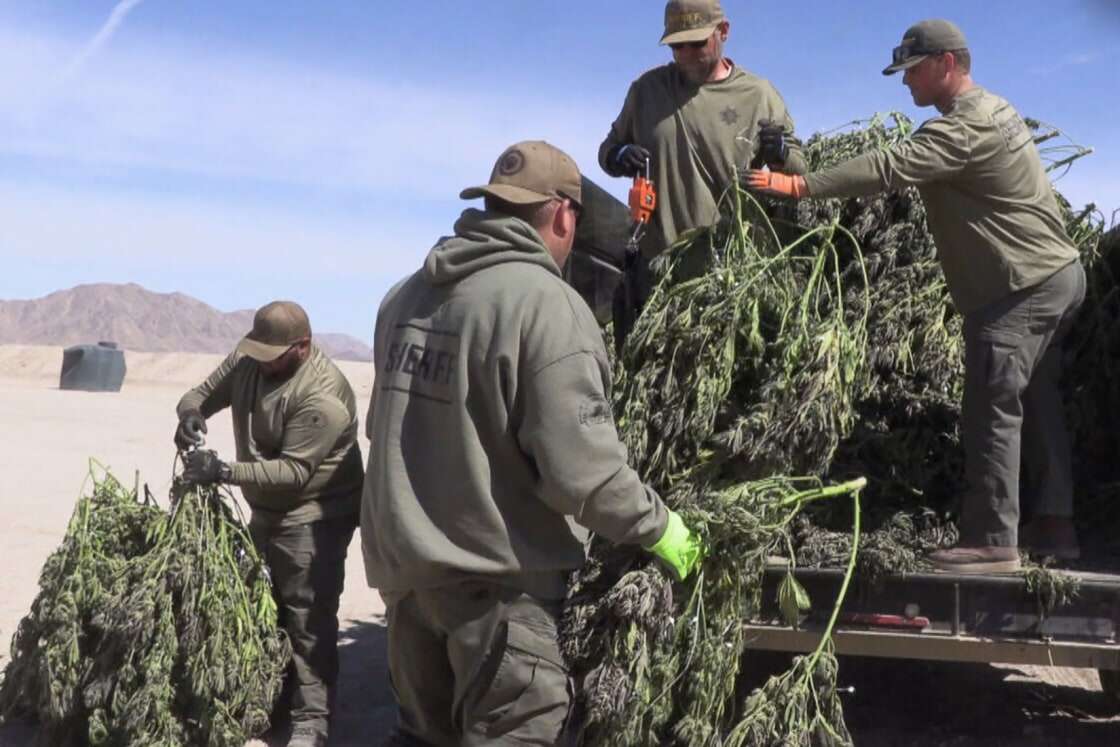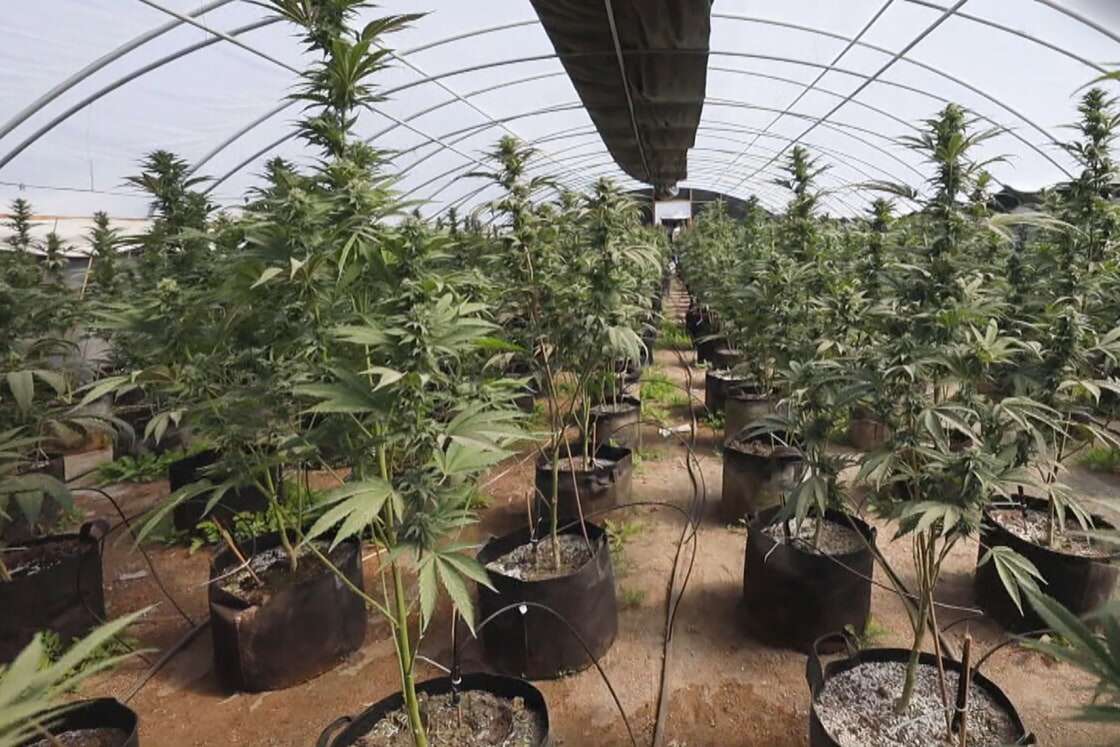They travelled from China to New York in the hopes of supporting themselves and their families back home. Instead, they were smuggled into the illegal drug trade.

Law enforcement officials say they are seeing an increase in black market operators using suspected Human Trafficking victims to grow and trim marijuana sold in legal dispensaries as more states legalize cannabis.
However, authorities and advocates say that helping these victims can be difficult because many do not admit to being trafficked and are unwilling to cooperate with law enforcement in bringing smugglers and dealers to justice.
In May, nine suspected victims were apprehended during an early morning raid in California’s Mojave Desert. As law enforcement officials conducted a search warrant on the secluded farm, the Cannabis workers, all Chinese nationals who had travelled from New York, attempted to flee.
One woman, speaking through a Mandarin translator, said she found the job on a Chinese website. Some job postings did not specify salaries, while others stated that they could be negotiated in person.
“I don’t have any money.” “Do I have any hope?” said Jin, a worker who asked to be identified only by his first name.
All of the workers apprehended said they had previously worked in restaurants before venturing west, and several expressed a desire to visit relatives on the East Coast. They had not been compensated for their efforts and were living in cramped, uncomfortable trailers near the illegal grow operation.

Fang, a worker who asked to be identified only by her first name, said she left her 8-year-old son in New York.
“It’s very dirty and messy,” she said of the trailer where she’d been sleeping.
Fang said no when asked if she had been told the truth about the type of work she would be doing.
According to the San Bernardino County Sheriff’s Department, Fang, Jin, and the other workers were charged with misdemeanours and later released. The workers tended to 25 greenhouses, where authorities said they recovered about 1,000 pounds of processed marijuana.
According to officials, the facility likely generated $8 million in revenue each quarter.
Even though none of the workers declared to have been trafficked, law enforcement officials suspected otherwise.
“It’s common for them not to give up any information on their trafficker, to tell us that they feel safe because ultimately, we believe they’re in fear of their safety if they say anything else to us,” said Sgt. James Roy of the Riverside County Sheriff’s Department.
Many of his clients were exploited during the pandemic after losing jobs in the hospitality industry, according to attorney Xiaosheng Huang, who represents trafficking victims. Desperate for work and owing money to the people who smuggled them into the US, they looked for it anywhere, including illegal grow operations in California, Washington, Oklahoma, and New Mexico.
According to the sheriff’s department, law enforcement officials in San Bernardino County have shut down nearly 1,100 illegal grow locations and more than 8,600 greenhouses in the last year alone. This includes the seizure of over 1.4 million cannabis plants, 97 tons of processed marijuana, and 175 pounds of concentrated cannabis, with a street value of $1 billion.

Other law enforcement investigations in Los Angeles and Riverside counties pushed illegal cannabis seizures in the last year to more than $1 billion, according to a recent statement from the California Department of Cannabis Control.
“This significant milestone was achieved through close collaboration with local, state, and federal partners and advances California’s efforts to combat activities that harm communities and the environment, such as water theft, elder abuse, threats of violence, and human trafficking, to name a few,” said Nicole Elliott, the department’s director, in a statement.
The recreational cannabis program in California was designed, in part, to reduce the black market and weaken the grip of drug cartels on the crop. However, high entry costs and burdensome taxes have created a crisis within the increasingly unstable market, which has recently been flooded by illicit growers and dealers selling cannabis at lower prices in recent years.
Gov. Gavin Newsom eliminated the “cultivation tax” on growers earlier this year. However, counties will still be able to levy their own, which many in the industry call the single most burdensome fee associated with legally growing marijuana.
Cultivators could get around $1,000 per pound wholesale a year ago, but with the market saturated and supply exceeding demand, it has dropped to $300 or lower.
In many ways, California’s legalization campaign was dogged from the start. The state’s illegal market thrived for decades, firmly rooted in the “Emerald Triangle” of far Northern California. The black market has since spread to other parts of the state, including rural areas of Southern California, thanks to cartels from Mexico and China.
“If you look at the number of legalized grow locations for the state, there’s not enough of those to funnel product for the legal dispensaries,” said Lt. Marc Bracco of the San Bernardino County Sheriff’s Department. “Over 70 or 80% of marijuana at your dispensary is illegally cultivated.”
